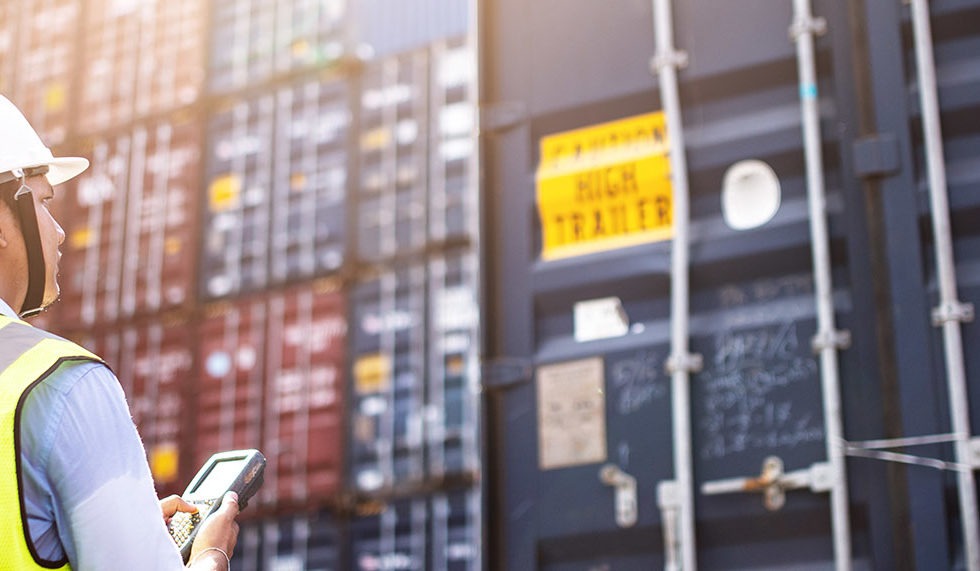How to Decide What Intermodal Approach is Best to Transport Your Products
By Len Batcha, President and CFO
Technical Transportation, Inc
The recent supply chain issues have brought global attention to the orchestration of logistics. When shipping runs smoothly, most people don’t notice the processes behind getting their vital goods and equipment. When the system breaks down, even a little, everyone feels it like ripples in the water after casting a stone.
As a logistics company specializing in getting technical, sensitive and bulky equipment safely to its destination on time, supply chain solutions that ensure these outcomes are always the first priority for TechTrans.
Enter intermodal transportation, a system that, while not a recent innovation, continues to be a topic of discussion and popularity as it provides multiple options to logistical kinks globally. Beyond that, it has benefits that translate to outcomes ranging from a better bottom line for companies to a cleaner environment for all.
Basically, intermodal shipping refers to loading goods into containers that can then be smoothly transitioned between various transportation modes. Air, boats, trains and trucks can all easily accommodate standardized shipping containers.
State of Intermodal Logistics Today
According to ResearchAndMarkets.com, the intermodal freight transportation market is expected to register a CAGR of 8.27% between 2020 and 2025. As companies evaluate new ways to reduce freight costs and their carbon footprint, alternative transportation mode options should be considered when moving freight long distances.
TechTrans’ use of domestic intermodal transportation systems means more efficient delivery and a better bottom line for our customers, as we can plan and smoothly adjust how an item moves through the transportation network to suit scheduling and budget needs in a variety of ways. This process also translates to better protection of the goods we ship, regardless of distance and transitions in the network.
The combination of efficiency and safeguarding is imperative when it comes to vital and sensitive medical equipment arriving at its destination on time and intact, for example.
As a product moves through the transportation supply chain network, it stays in its original container. The individual transporters don’t need to handle the product itself, which can be loaded directly into the container by the manufacturer.
Once a product is securely packed into the container, it may then be transported on a ship, plane, truck or by rail without being functionally jostled or moved until it reaches its final destination.
Things to Consider for Intermodal Shipping
There are pros and cons to sending an intermodal container through various branches of the network. These include:
- Ground/Truck: This is an efficient, flexible mode of transport, and transportation lead time can be predicted and calculated based on mileage and the availability of equipment and drivers. Trucks can be stopped or rerouted easily if demand or conditions change. Trucks and drivers are generally part of any supply chain network and are usually employed on the front end. They load and initially transport an item to a port or hub; and on the delivery end of the chain, retrieve the container from a local hub and ensure it reaches its final destination.
- Pros: More cost-effective than air. Better transit time than rail or ship. Can reach destinations that are inaccessible to other carrier types.
- Cons: Longer transit time than air.
- Rail: Universal containers can be easily transitioned to rail service and can cover the distance efficiently. A train has a higher capacity to transport multiple containers, making it more environmentally friendly than truck transport.
- Pros: Most cost-effective method if speed isn’t the top priority.
- Cons: Longer transit times due to train schedules and stops.
- Air: Larger airplanes, including some passenger flights, routinely accommodate intermodal transport containers, and can leapfrog over other transport methods. However, space and weight limits make this a premium option.
- Pros: Fastest transit times, making same-day or next-day delivery options more feasible.
- Cons: Container sizes are restricted according to airplane capacity, which means it’s notas dimensionally friendly an option as ship, truck, or rail. Tends to be the costliest method of transport.
Deciding when to utilize each of these methods depends primarily on the customer’s needs. If we need to prioritize cost savings over speed, we might forego air transport in favor of slower but more efficient modes like rail and truck. If there’s a narrow window to get an item to its destination, we’ll prioritize speed.
If you have any questions on intermodal transportation, and which option might be best for you, contact us today.



